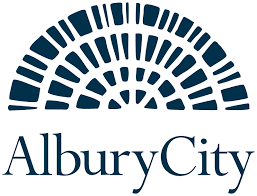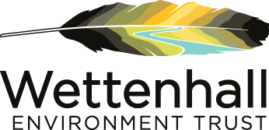Update on the Squirrel Glider Monitoring Program in Albury’s major urban growth area
Year 2 of our Squirrel Glider Monitoring Program across Albury’s major urban growth area has begun. This has been made possible via a three-year financial commitment from Albury City Council.
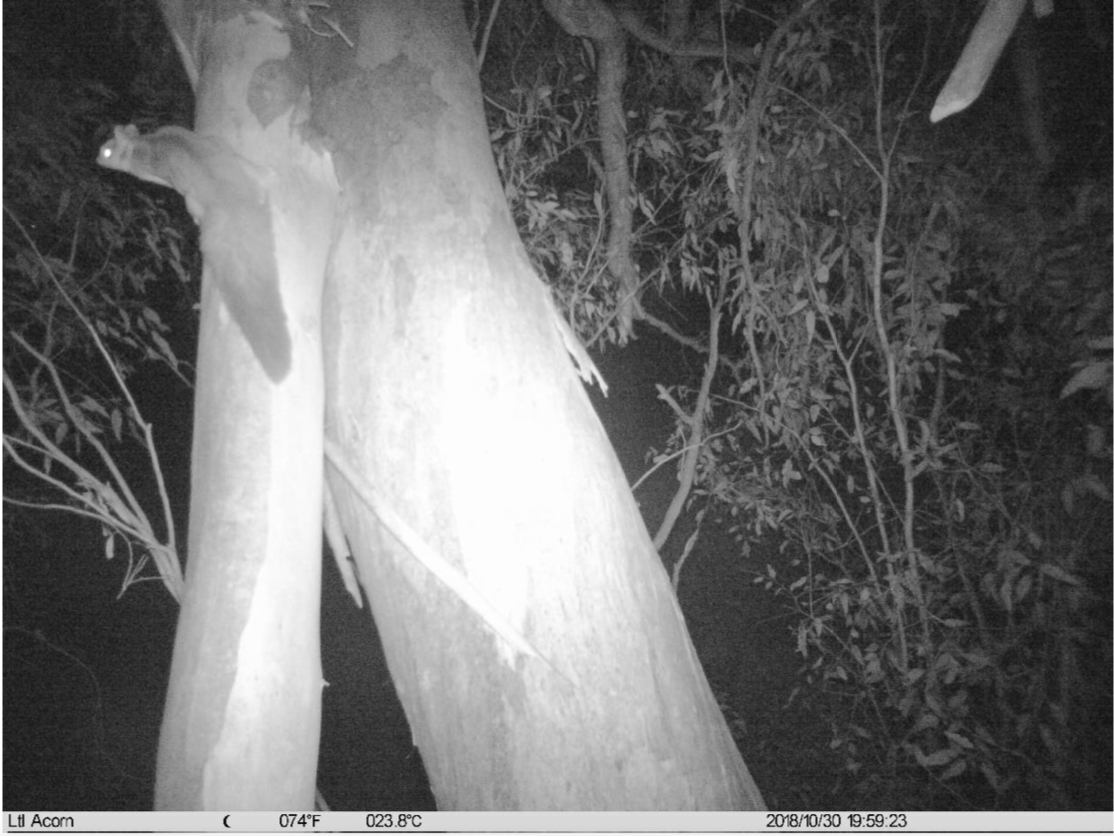
Our ecologist Dylan McWhinney (DM Ecologial) has been busy again over autumn putting up our 30 motion-sensing wildlife cameras at over 60 sites around Thurgoona and Wirlinga. An autumn 2019 report will be published in the coming weeks.
In the meantime, the following are some key statistics from Year 1 of the program:
- In Winter 2018, 65 sites were monitored with Squirrel Gliders positively identified at 27 of those sites (detection rate of 41.5%).
- In Spring 2018, 64 sites were monitored with Squirrel Gliders positively identified at 21 of those sites (detection rate of 33%).
- Squirrel Gliders were detected at all land-use types included in the program in Year 1, with detection rates in ‘remnant’ sites being highest, and ‘riparian’ sites being lowest.
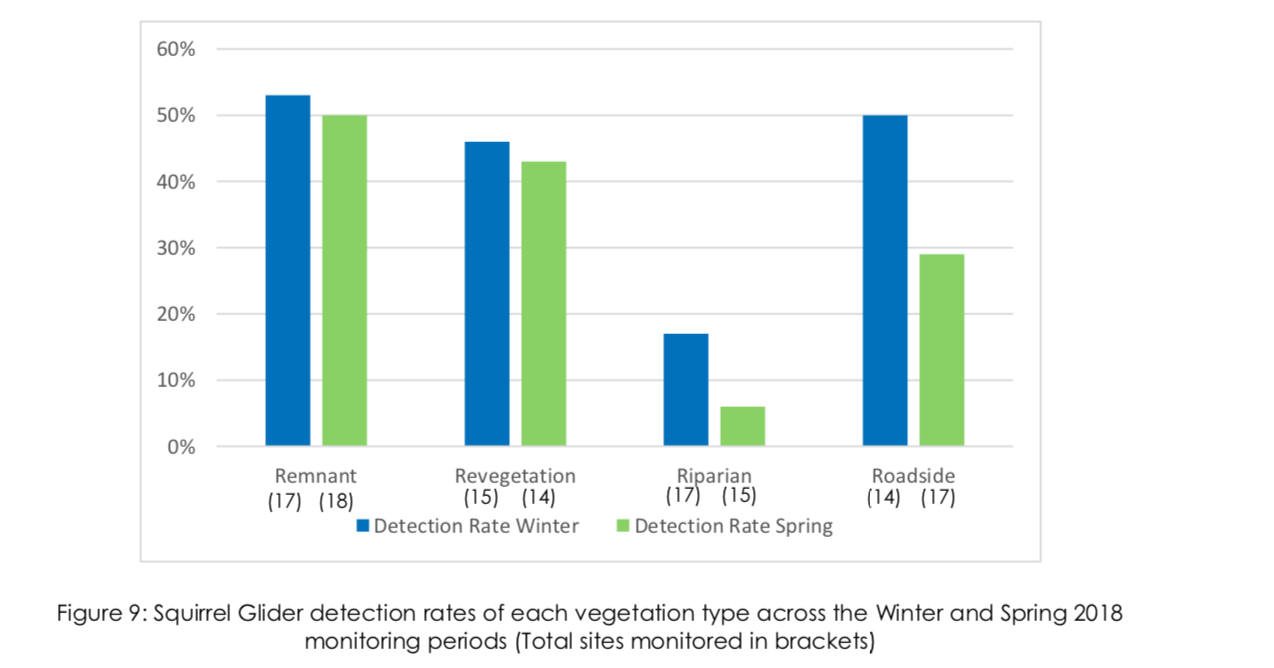
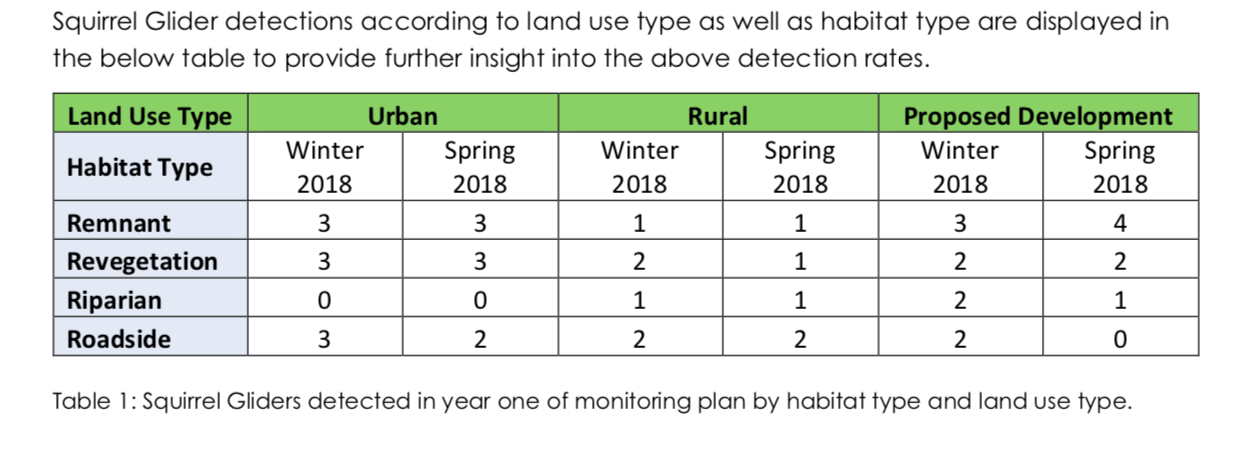
In summary, Year 1 of the program has provided valuable baseline data for the species in Thurgoona / Wirlinga. More insight into whether the populations are increasing, stable or declining will be gained in subsequent years of monitoring and the comparison of data. We have also continued to actively engage our local community and key stakeholders in the project. This includes negotiating access to monitoring sites, gaining media coverage and through hosting of three community events that atttracted 100 participants – two spotlighting/stagwatching nights and a workshop to process some of the 500,000 images taken by our 30 motion-sensing cameras in the Spring monitoring effort.
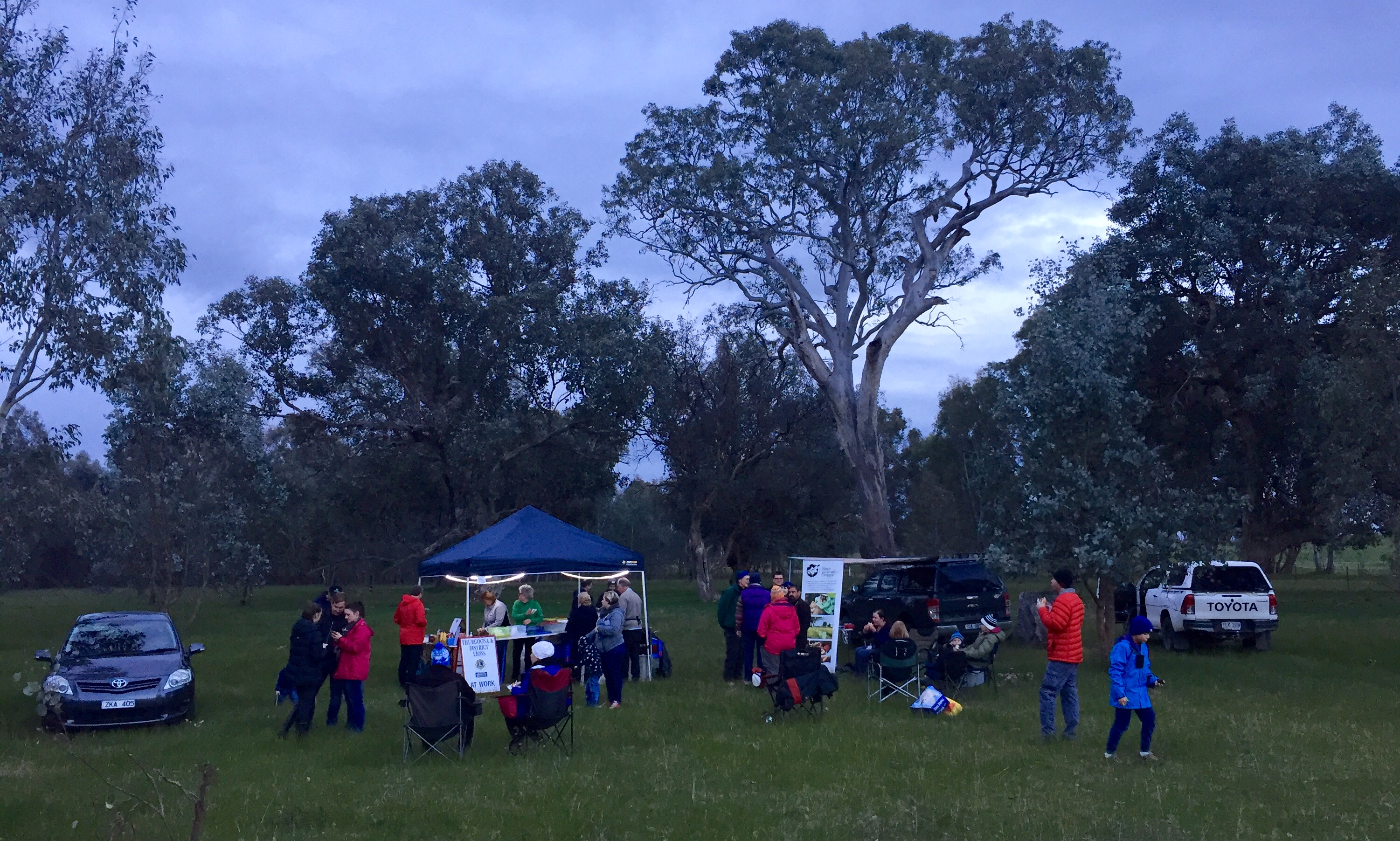
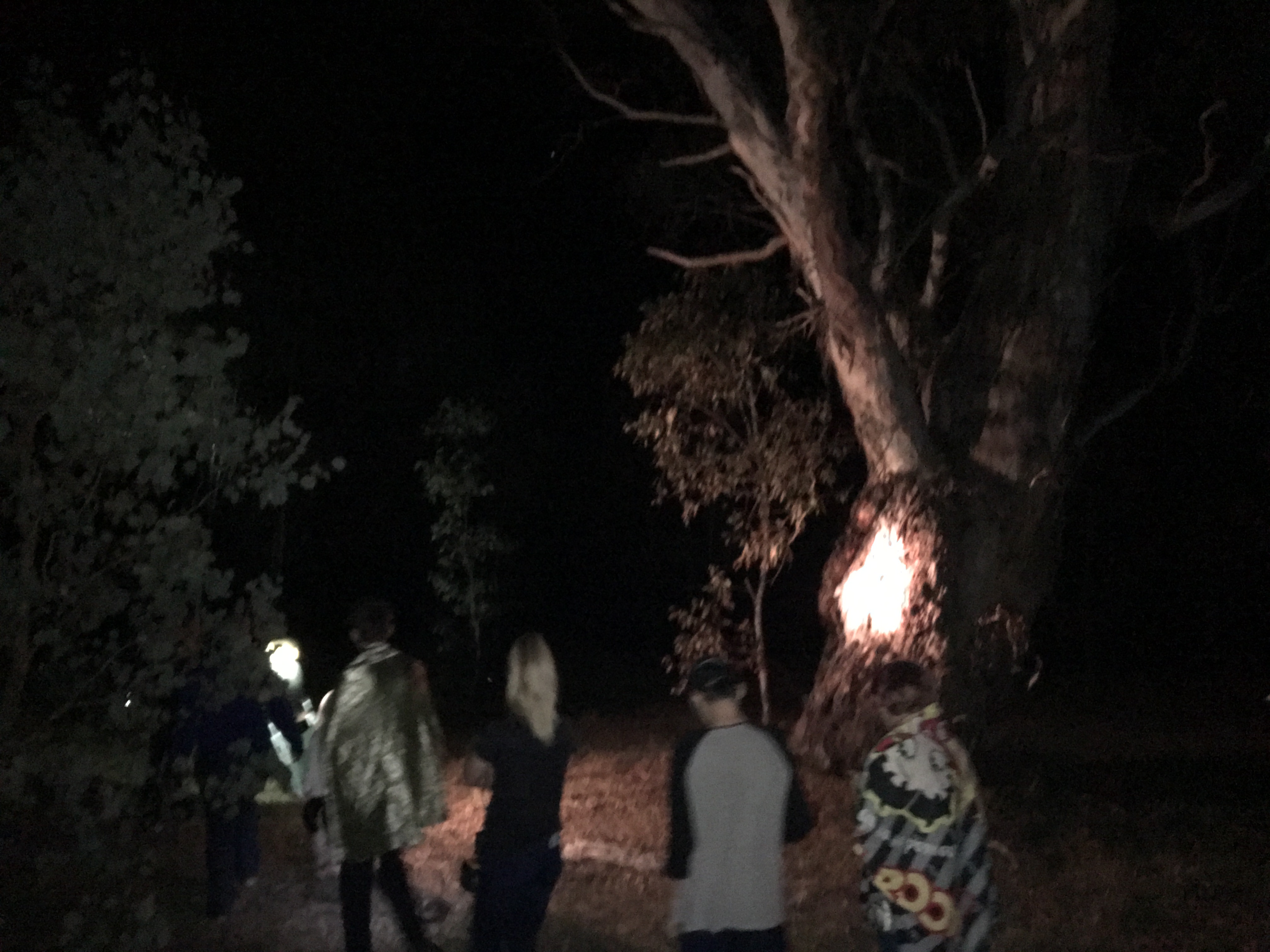
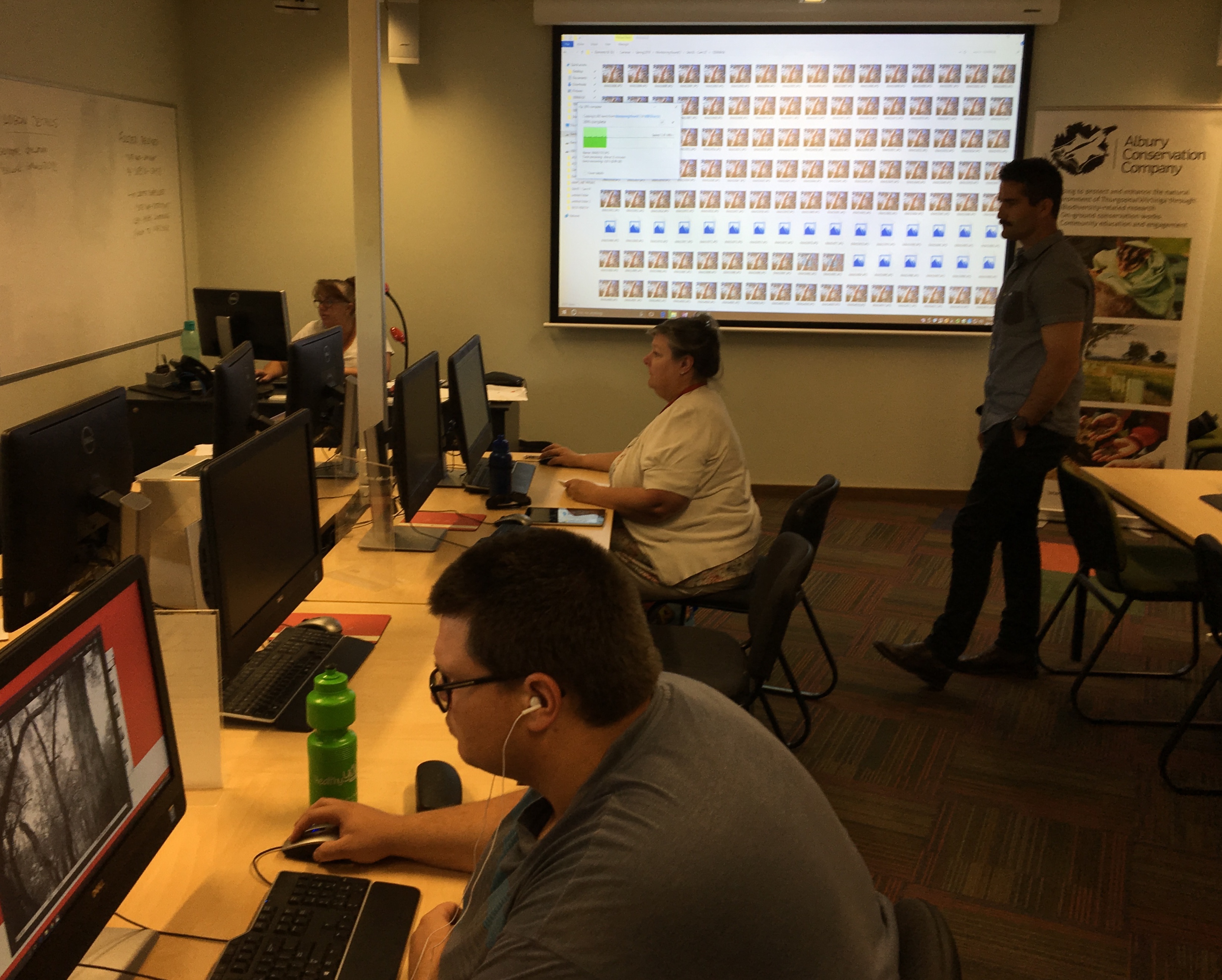
Read the full monitoring reports below:
REPORT_Squirrel Glider Monitoring Program_Thurgoona Wirlinga_Winter_2018
REPORT_Squirrel Glider Monitoring Program_Thurgoona Wirlinga_Spring2018
Project Partners
